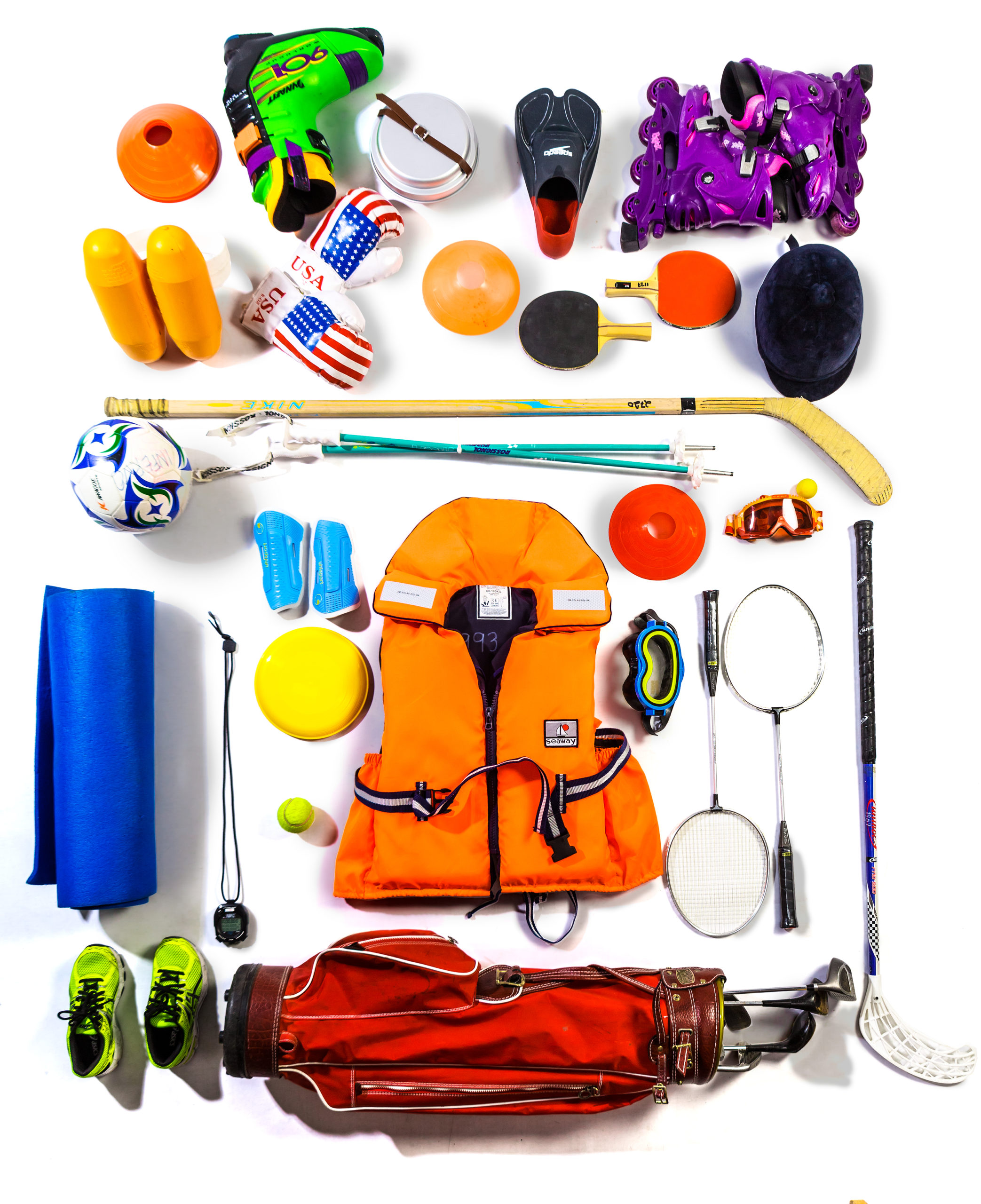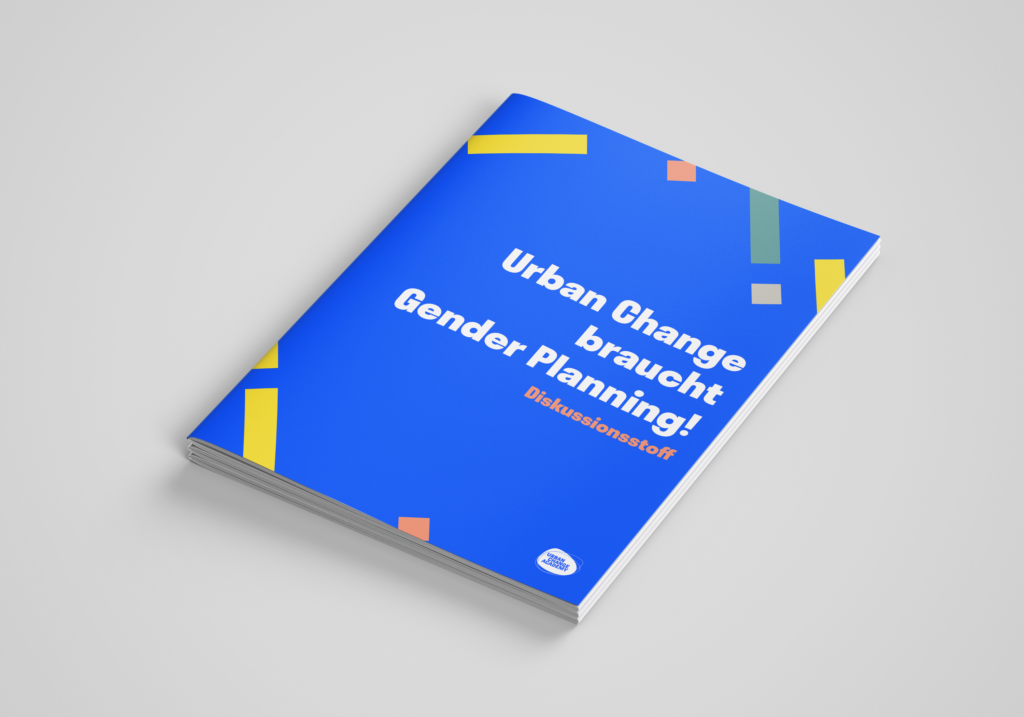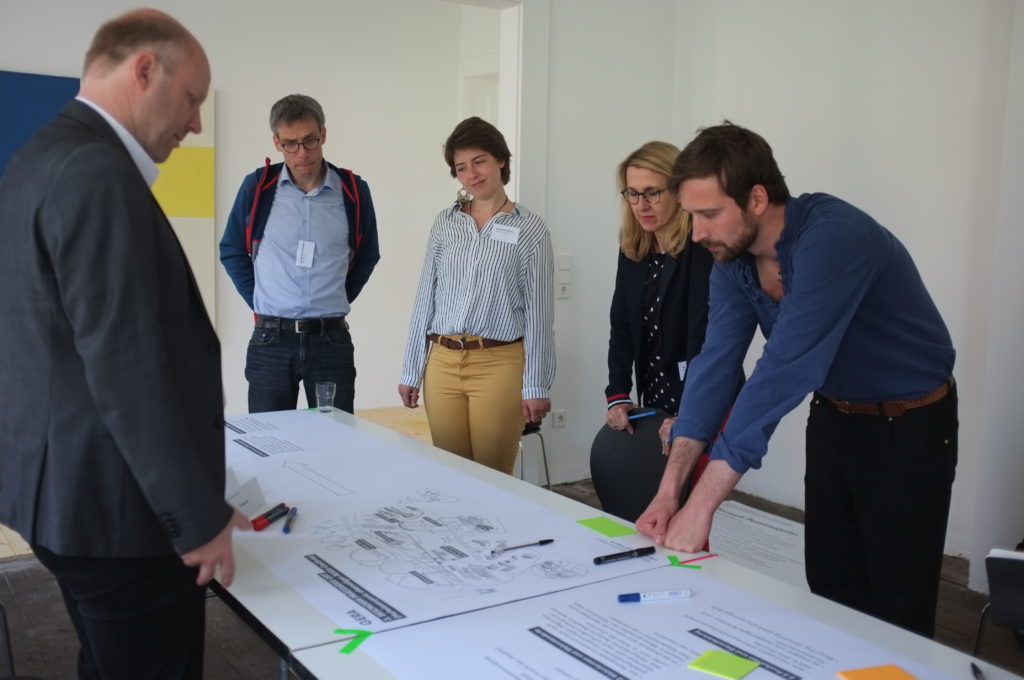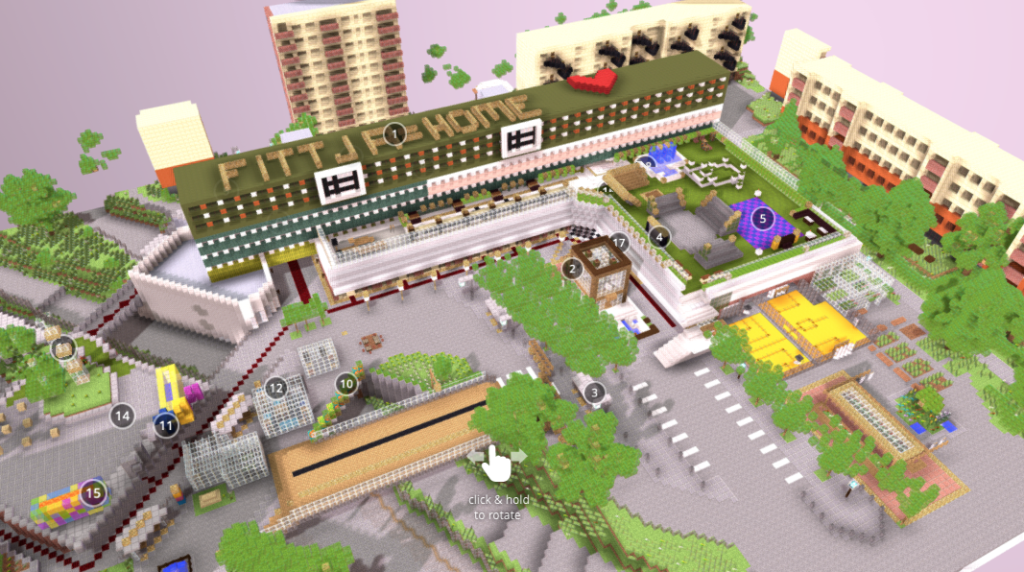At Fritidsbanken – also known as the sports and leisure equipment library – people can easily borrow golf clubs, Pilates balls, skates, kickbikes, inline skates, bicycles, football boots and much more at 90 locations across the country. Before a new location is opened, it must be ensured that at least 1000 items are available for lending.
The idea came from Carina Haak, a deaconess in the municipality of Forshaga in Värmland. In January 2013, she noticed that not all children had the same opportunities to participate in school sports activities and found it „strange that it was not possible to borrow equipment“. The equipment available at Fritidsbanken is donated by private individuals or clubs. Each Fritidsbanken is run by a local authority, such as a municipality. The umbrella organisation of the leisure bank also requires that the premises are accessible and easy to reach for people with disabilities and have sufficient space.
Why is it interesting?
- Fritidsbanken promotes the physical and mental health of people in a city.
- Even households with low incomes get the chance to do sports.
- Fritidsbanken is based on donations and thereby promotes the reuse of discarded sports and leisure equipment.
Potential
- To increase awareness of Fritidsbanken, cooperations with local clubs, day-care centres, schools, universities and adult education centres could be established.
- This example is simple, quick to implement and easy to scale.
- The concept could be expanded to include not only sports and recreational equipment, but also other things such as deck chairs, picnic blankets, barbecues and dishes.
Photo: © Fritidsbanken, Source: RISE




